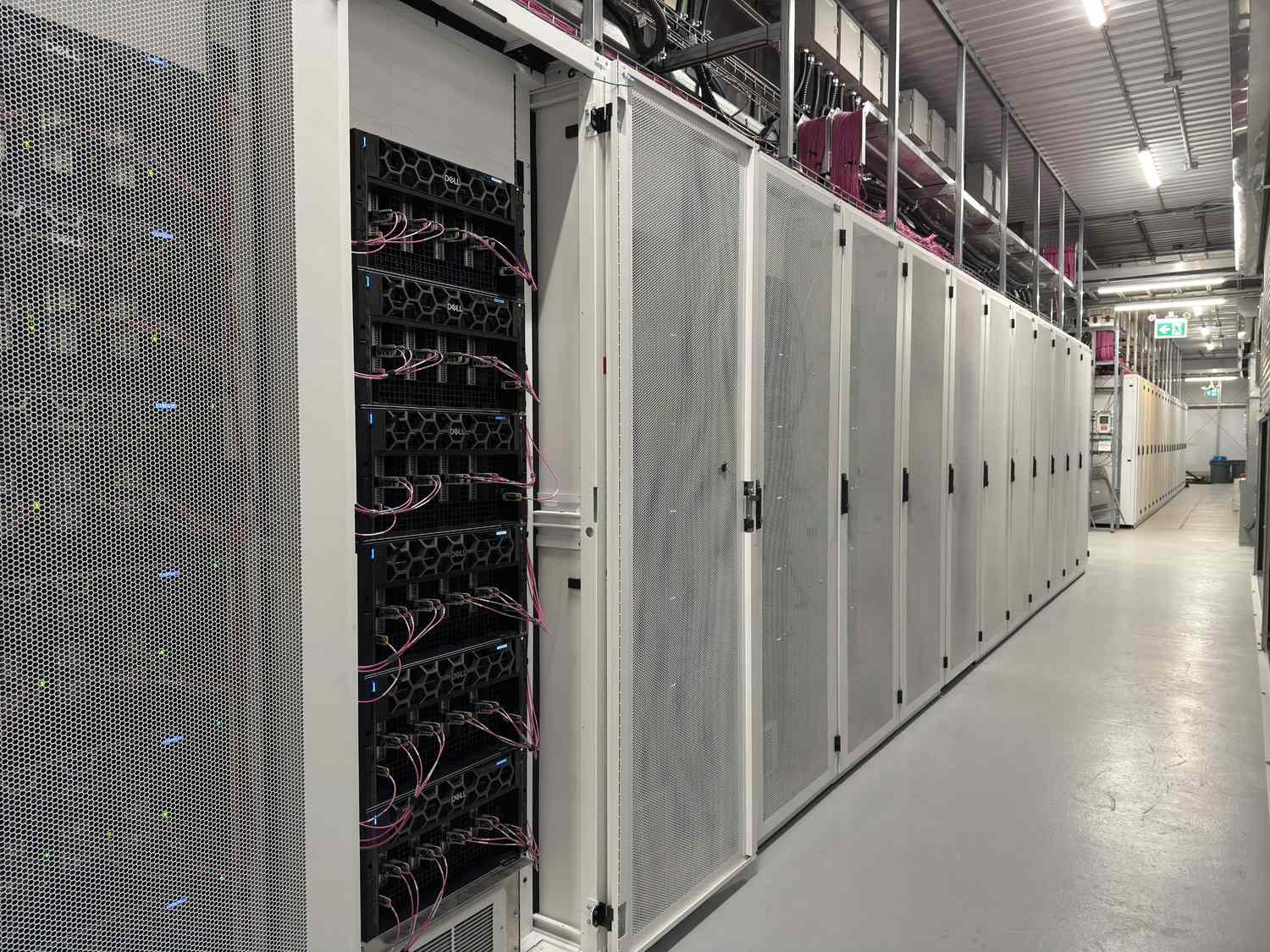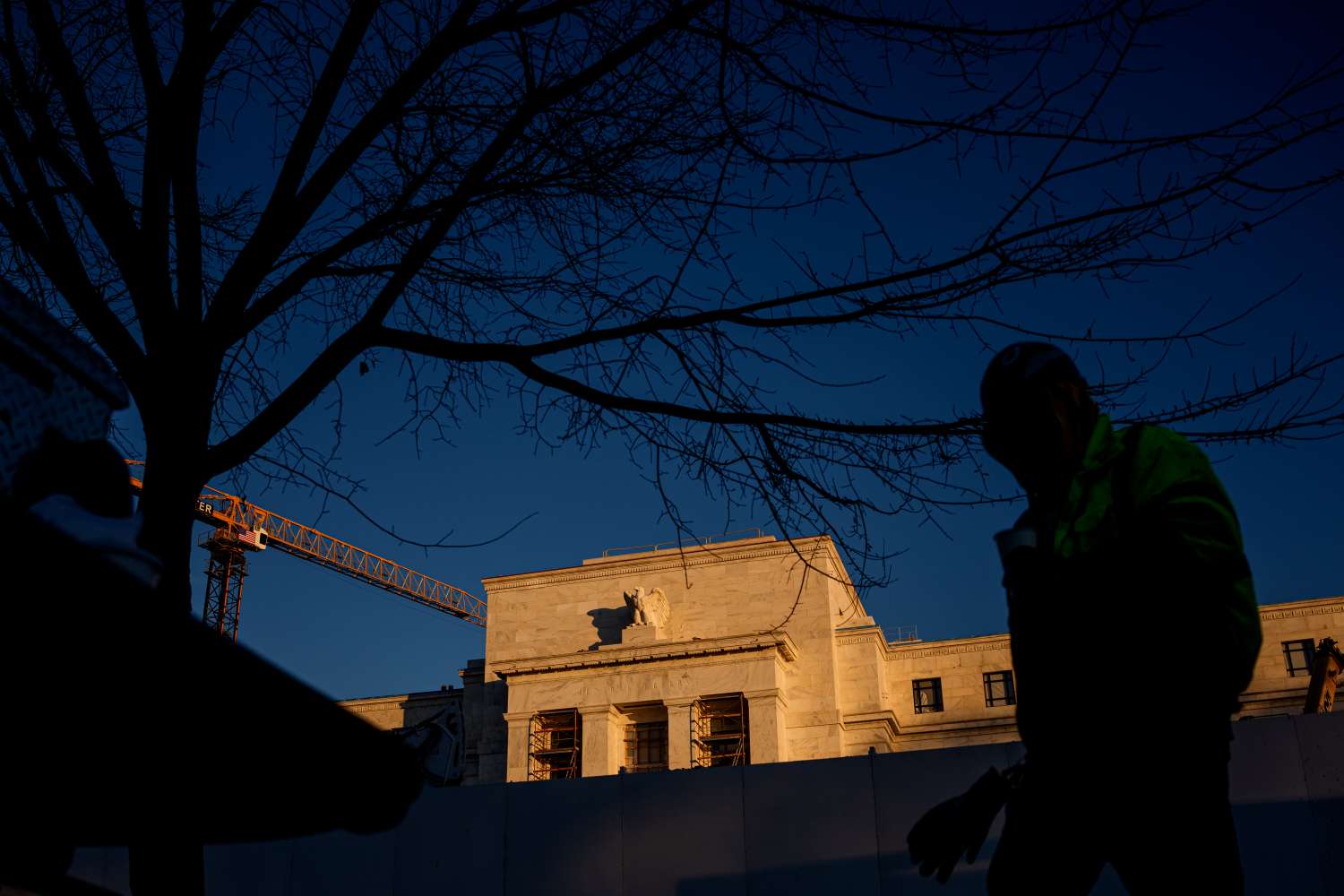Inflation Rises as Tariffs Push Prices Higher
Inflation Trends and Tariff Impact
The Personal Consumption Expenditures (PCE) price index, the Federal Reserve’s preferred measure of inflation, rose by 2.6% annually in June, marking its highest level since February. Core inflation, which excludes volatile food and energy prices, also climbed to 2.8%, maintaining an above-target level. This increase highlights the persistent inflationary pressures in the economy.
Goods prices experienced significant upward pressure, driven largely by tariffs. Furniture prices increased by 1.3%, while appliances surged by 1.9%. These tariff-related cost hikes have been passed on to consumers, contributing to the broader inflationary trends. Energy prices also rebounded, rising 0.9% in June following a prior decline. Such data underscores the growing impact of trade policies on consumer pricing dynamics.
Consumer Spending and Income Insights
Consumer spending, a key driver of economic growth, rose by 0.3% in June. While this marks an improvement from flat spending in May, the modest increase reflects cautious consumer behavior. Adjusted for inflation, real personal spending edged up just 0.1%, suggesting limited purchasing power growth amid higher prices.
Personal income rebounded with a 0.3% increase in June, recovering from a 0.4% decline in the previous month. Despite the monthly gain, inflation-adjusted income growth remained stagnant, indicating that rising prices are eroding disposable income. This combination of cautious spending and flat real income growth highlights the challenges facing households in the current economic environment.
Federal Reserve's Stance and Market Reactions
The Federal Reserve chose to maintain its benchmark interest rate at 4.3% during its July meeting, emphasizing the need to monitor the evolving impact of tariffs on inflation. Chair Jerome Powell noted that it remains uncertain whether the inflationary effects of tariffs will be temporary or more sustained. This cautious approach reflects the central bank’s commitment to its 2% inflation target while avoiding premature policy shifts.
Following the inflation data release, market expectations for a September rate cut diminished. The likelihood of a rate reduction dropped to 39%, down from 65% earlier in the week. This shift in sentiment indicates growing confidence in the Fed's current stance but also highlights lingering uncertainties in the economic outlook. Markets remain divided on the trajectory of monetary policy as they weigh ongoing inflationary pressures against signs of slowing economic activity.
 Sources
Sources- Consumer spending heated bit month – inflation | CNN Business
 cnn
cnn - key inflation gauge rose month Trump's tariffs lifted goods prices
 yahoo
yahoo - Trump’s Inflation Honeymoon Ends—And Powell's Bet Holds - Invesco DB USD Index Bullish Fund ETF (ARC
 benzinga
benzinga - Key inflation gauge rose month Trump's tariffs lifted goods prices
 abc
abc
 Keep Reading
Keep ReadingAbout the author

Top News
Related Articles
Latest Newswire
- Consumer spending heated bit month – inflation | CNN Business
 cnn
cnn - key inflation gauge rose month Trump's tariffs lifted goods prices
 yahoo
yahoo - Trump’s Inflation Honeymoon Ends—And Powell's Bet Holds - Invesco DB USD Index Bullish Fund ETF (ARC
 benzinga
benzinga - Key inflation gauge rose month Trump's tariffs lifted goods prices
 abc
abc













